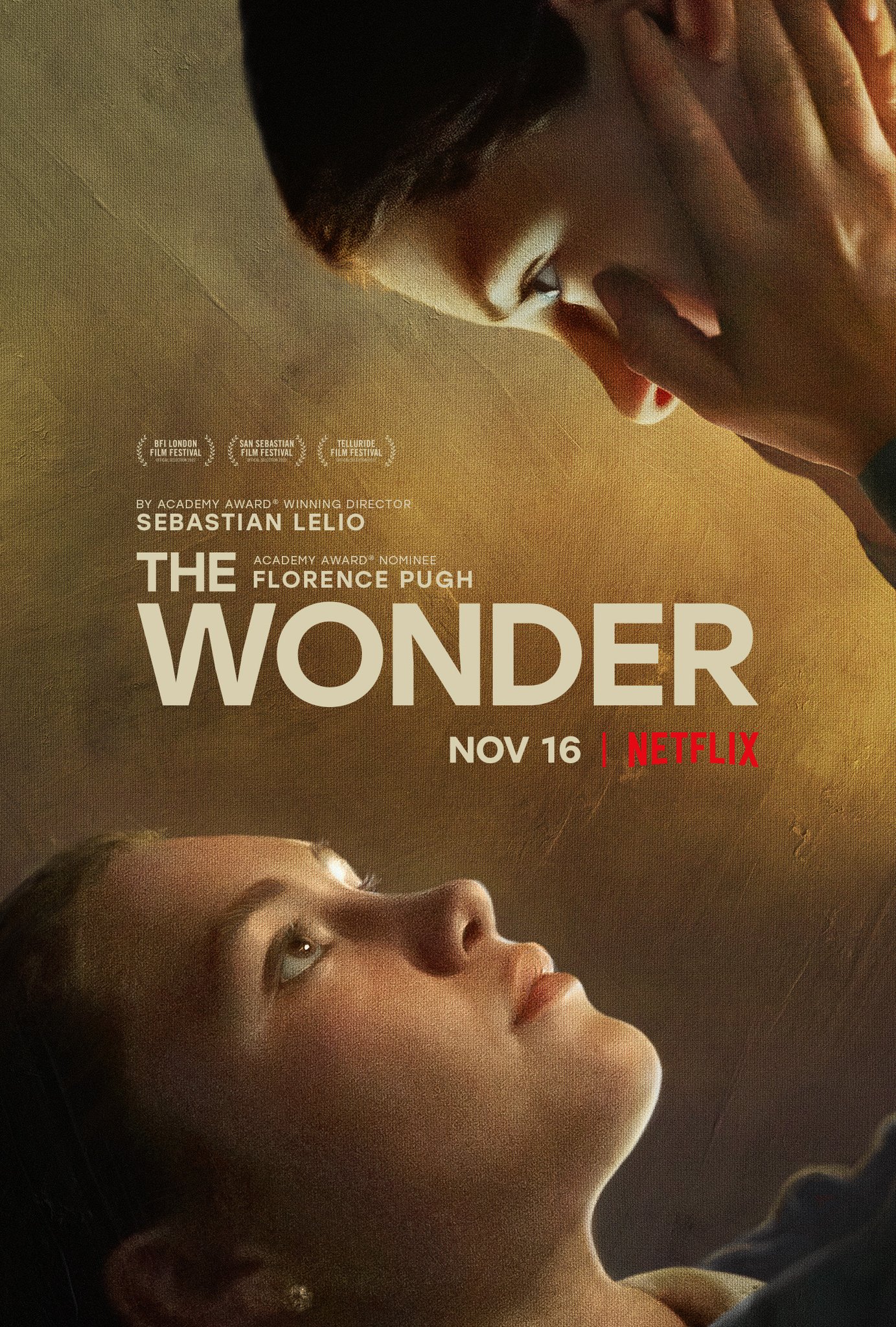The DECODER series — to which SEMIOVOX has invited our semiotician colleagues from around the world to contribute — explores fictional semiotician-esque action as depicted in books, movies, TV shows, etc.
Thanks to a delightful book published in 1983 by Umberto Eco and Thomas Sebeok, fictional detectives are now a touchstone for communicating and understanding what it means to be a semiotician. After reading The Sign of Three, the real-life inquiry of Charles S. Peirce (who by his own admission found it useful to apply semiotic thinking to practically everything he investigated) comes to seem just like the detective work of Arthur Conan Doyle’s Sherlock Holmes — and vice versa. Both Peirce and Holmes wield the logic of abduction (or guessing) to make sense of baffling circumstances, revealing in the process crucial connections between things that no one else had thought to pay attention to.
From solving crimes to unveiling the logic of signs and meaning, the Peirce/Holmes analogy worked well enough for problems of the 20th century. But now that we are staring down the ominous corridor of flickering chaos known as the 21st century, we find ourselves in need of a new kind of semiotician/detective — one capable of solving problems that go beyond logic puzzles and whodunit scenarios — one who is also capable of confronting the all-too-human crises of myth, meaning, life, love, and imagination that threaten to annihilate us all. Lucky for us, at the end of 2022, a new detective stepped onto the scene — or rather the screen — in the character Lib Wright, an unassuming English nurse played by Florence Pugh in the Netflix film The Wonder.
Good nurse Wright sails to Ireland (the film is set in 1862) where she has been recruited by a panel of men (a.k.a. a manel) on an assignment to solve the mystery of a young girl’s apparent ability to live without eating food. Most locals want to believe that the enigma is actually a miracle. They want the girl to be canonized as a saint. Not everyone is convinced; so the manel establishes a 24-hour watch staffed by Nurse Wright and her counterpart, a Catholic nun, who each carry out a 12-hour shift daily to observe the situation in search of clues. The Nun/Nurse opposition maps onto religion vs. science and faith vs. scepticism corollaries, respectively, as the story progresses; but when the source of the mystery is revealed (by good nurse Wright), the presumed stability of these old oppositions comes undone.
Values-oriented role reversals ensue, as much more pressing questions of life vs. death, compassion vs. judgement, and myth vs. fact come to dominate the storyline. Nurse Wright now realizes that solving the crime in this case has placed her patient in extreme peril. The girl now faces imminent death. The real mystery of the story then ceases to revolve around the question of what is keeping the girl alive (the superficial problem of meaning); instead it shifts to puzzling out how to enable the girl to re-imagine herself in the world in a way that transcends and heals the multi-layered trauma of her past that threatens to kill her (the deep problem of meaning).
Nurse Wright realizes that reasoning with the girl directly by confronting her with the facts of the situation accomplishes nothing except making the girl more firmly resolved to hold her ground. The multi-layered myth that the girl has constructed in dialogue with her family and her community is capable of helping her cope with her past trauma — capable of helping her imagine a better future for herself (even if that future only exists in the afterlife). Nurse Wright slowly comes to understand that the cold facts of the situation offer neither help nor hope. The girl would rather die than accept them; and death is on her doorstep. To keep the girl alive, Nurse Wright has to solve a far more challenging mystery: how to marshal myth, meaning, and embodied imagination to weave an alternative possible world that offers true hope, health, and healing.
In my own teaching, research, and personal quest for meaning (three elements of my life that are woven into a singular fabric), I find that the kind of attention that good Nurse Wright has to offer is much more profoundly needed and better suited to the kinds of deep problems we are now facing. Sure, she can solve superficial puzzles Sherlock-style; but she also realizes that this accomplishes little of importance relative to those problems that are actually urgent — those mysteries of meaning that go by the uncomfortable moniker “meaning of life.”
DECODER: Adelina Vaca (Mexico) on ARRIVAL | William Liu (China) on A.I. ARTIFICIAL INTELLIGENCE | Tim Spencer (England) on VURT | Ramona Lyons (USA) on BABEL-17 | Rachel Lawes (England) on NICE WORK | Alfredo Troncoso (Mexico) on THE ODYSSEY | Gabriela Pedranti (Spain) on MUSIC BOX | Charles Leech (Canada) on PATTERN RECOGNITION | Lucia Laurent-Neva (England) on LESSONS IN CHEMISTRY | Whitney Dunlap-Fowler (USA) on THE GIVER | Colette Sensier (England / Portugal) on PRIESTDADDY | Jamin Pelkey (Canada) on THE WONDER | Maciej Biedziński (Poland) on KOSMOS | Josh Glenn (USA) on LE GARAGE HERMÉTIQUE | Antje Weißenborn (Germany) on BABYLON BERLIN | Ximena Tobi (Argentina) on SIX FEET UNDER | Mariane Cara (Brazil) on ROPE | Maria Papanthymou (Greece) on MY FAMILY AND OTHER ANIMALS | Chirag Mediratta (India) on BLEACH | Dimitar Trendafilov (Bulgaria) on THE MATRIX | Martha Arango (Sweden) on ONE HUNDRED YEARS OF SOLITUDE | Becks Collins (England) on THE HITCHHIKER’S GUIDE TO THE GALAXY | Ivan Islas (Mexico) on THE NAME OF THE ROSE | Paulina Goch-Kenawy (Poland) on THE SENSE OF AN ENDING | Eugene Gorny (Thailand) on SHUTTER ISLAND & FRACTURED.
Also see these international semio series: COVID CODES | SEMIO OBJECTS | MAKING SENSE | COLOR CODEX | DECODER


